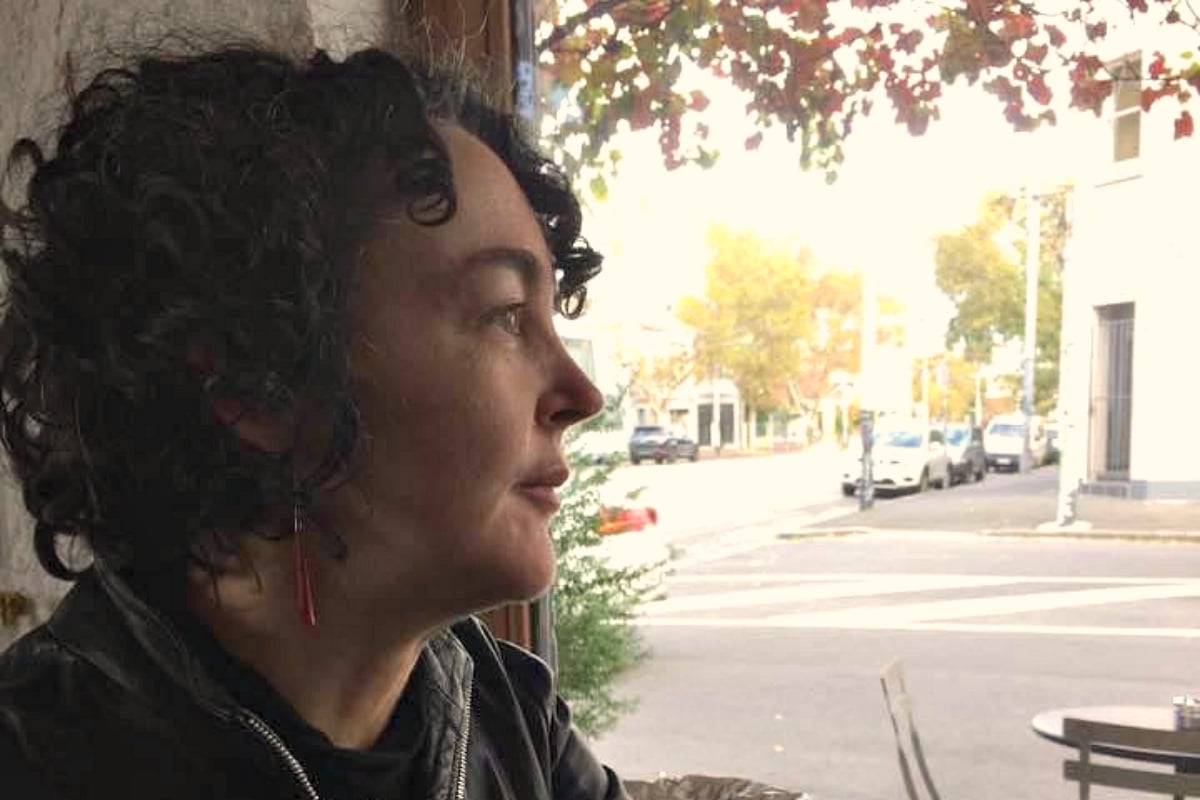
Anne Hunter's relationships don't slot into any well-worn societal groove.
She's been with her long-term partner, Peter, for more than two decades, yet they don't live together; they're devoted, yet not 'exclusive'; deeply in love, yet not dependant.
Anne is polyamorous, a term used to described those who engage in multiple, loving relationships at once, which may or may not involve sex. She also refers to it as 'ethical non-monogamy', which places emphasis on the fact all parties are treated with respect and have given enthusiastic consent to the arrangement.
Polyamory is distinct from polygamy, which traditionally involves a man having more than one wife and is often tied to religion.
Watch: Anne and other polyamorous couples answer a common question about their relationships.
Speaking to Mamamia's daily news podcast, The Quicky, the Victorian woman explained that she embraced polyamory after the breakdown of her monogamous marriage.
"I found out pretty quickly that marriage didn't suit me," Anne said. "We had different life goals, and different things that made us happy."
And simmering beneath had been Anne's love for another person — Peter. Try as she did, Anne couldn't suppress her feelings and they engaged in what she's described as an 'emotional affair'.
After their respective marriages ended, she and Peter entered an arrangement that wouldn't bind them to promises they couldn't keep, that would meet their changing needs over time, and wouldn't preclude them from making and exploring other loving connections.
